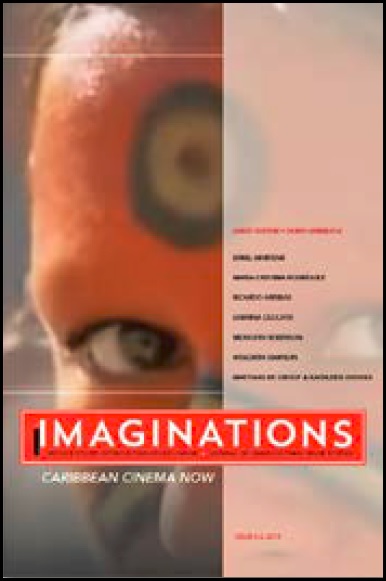CHRISTIAN LARA: RECONCILING VISION AND EXECUTION IN SUCRE AMER AND 1802, L’EPOPÉE GUADELOUPÉENNE
DOI:
https://doi.org/10.17742/IMAGE.CCN.6-2.7Abstract
Invoking the past in film is a political gesture because it suggests new interpretations of historical events. French Caribbean director Christian Lara portrays the Guadeloupean rebellion of 1803 in two of his films. In his own words, he builds “a historical fresco” of the events, abounding with frequent changes of scenery, elaborate period costumes, and a wide range of minor and major characters through which he exposes France’s colonial wrongdoings. He further questions present French involvement in Guadeloupe. My aim in this paper is to demonstrate that his cinematic efforts, though criticized for their theatricality, underscore an urgency to correct and confirm the islands’ distinctive and inspiring local history.Downloads
Published
2018-02-02
How to Cite
Robinson, M. (2018). CHRISTIAN LARA: RECONCILING VISION AND EXECUTION IN SUCRE AMER AND 1802, L’EPOPÉE GUADELOUPÉENNE. Imaginations: Journal of Cross-Cultural Image Studies, 6(2), 68–83. https://doi.org/10.17742/IMAGE.CCN.6-2.7
Issue
Section
Articles
License

This work by https://journals.library.ualberta.ca/imaginations is licensed under a Creative Commons 4.0 International License although certain works referenced herein may be separately licensed, or the author has exercised their right to fair dealing under the Canadian Copyright Act.




